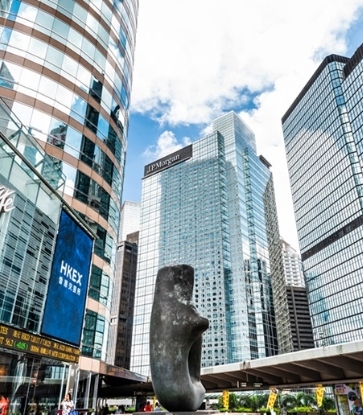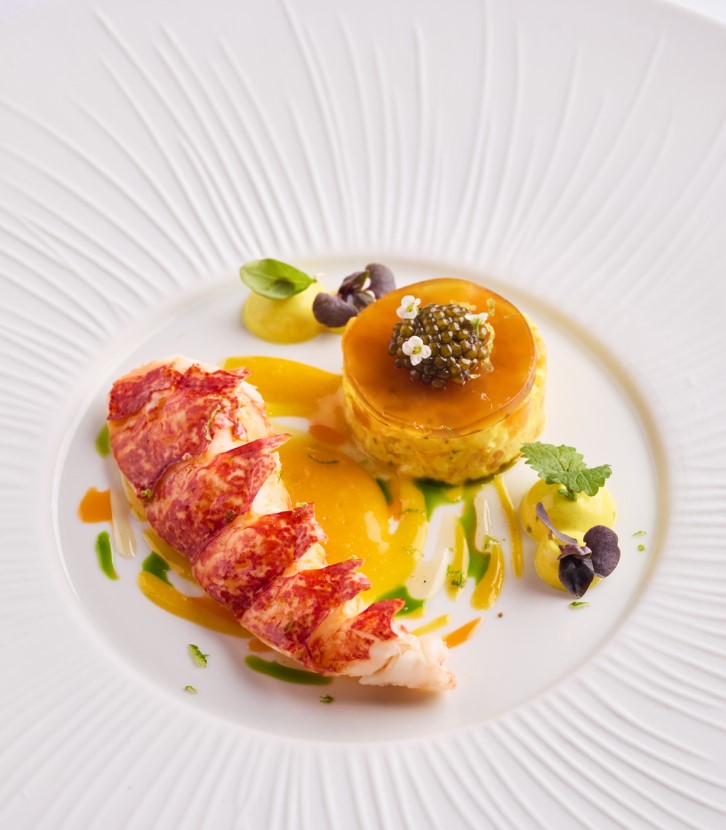What is Double Boiling?
The Cantonese distinguish between two techniques of boiling: in bou (煲), the stock is brought to a rolling boil over a high heat, before the flame is lowered and simmered for 3 hours.
Double boiling or dun (炖) is a much slower and more gentle process, characterised by submerging a ceramic pot within an outer pot of boiling water - similar in concept to the double layered metal pots the French refer to as a bain marie. The soup is not boiled twice, as its name suggests.
This technique is said to achieve the maximum extraction of flavour with little compromise to the flavour or texture of the ingredients used. It is therefore the method of choice for coaxing forth the delicate flavours of sharks fin, bird's nest or hashima, and for preparing nourishing tonics. Full flavour extraction can take up to 5 hours.
(Related: Local Produce You Didn’t Know Can Be Found In Singapore)
How to double boil

Specially designed double-boiling pots are made of ceramic, traditionally Yixing clay, which conducts heat slowly but has superb heat retention. An inner, recessed lid guards against evaporation, while an outer, domed lid keeps excess water out. Soup ingredients must be placed inside the smaller pot, which is then placed in boiling water in a larger outer pot.
The water in the outer pot should be replenished regularly, but the inner pot must not be uncovered until the end of the cooking time, ensuring that there is no liquid evaporation, and therefore no loss of nutrients or flavour. This allows the soup to retain its essences - taste, healing properties, nutrient value, moisture - offering maximum benefits to the drinker.

The science
The double-chamber technique is an elegant use of primitive technology, harnessing the boiling point of water to maintain a constant - and gentle - heat while constant convection within the water chamber eliminates hot spots.
In the West, the bain marie’s origins trace back to early Mediterranean history, when the Greeks used double-bottomed amphoras to temper the cooking of delicacies. In the Middle Ages, this evolved into a variety of crude but effective combinations of vessels, such as a pail suspended over a stick across the mouth of a cauldron - an arrangement that the Anglo-Saxons employed in their mead halls.
Today, modern sous vide cooking is a feat of engineering that can achieve even heating with sensitive temperature regulation, though you could say ancient chinese chefs already nailed it thousands of years ago.






















